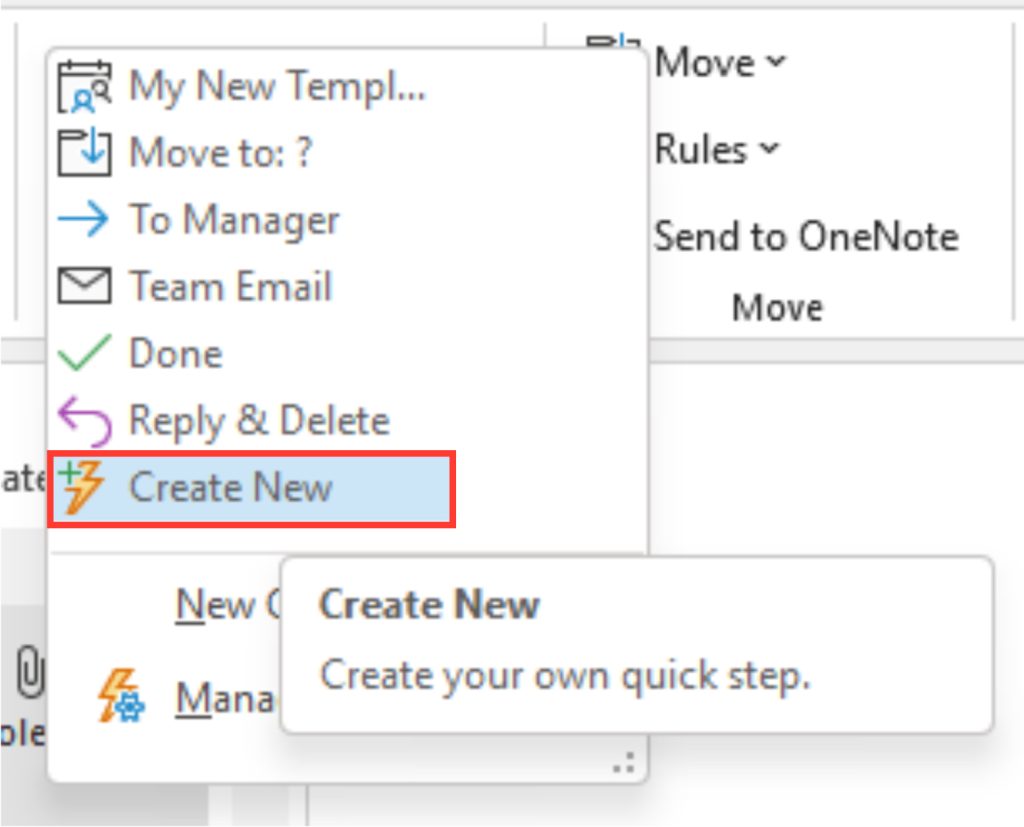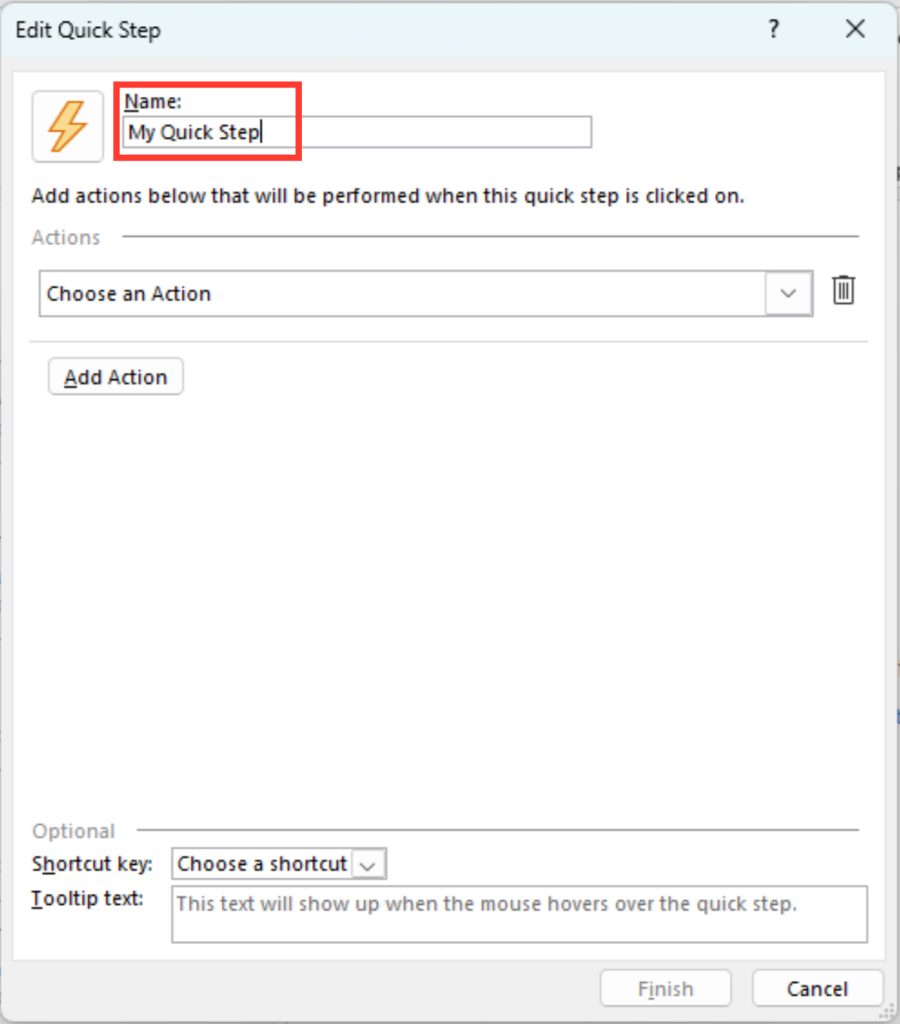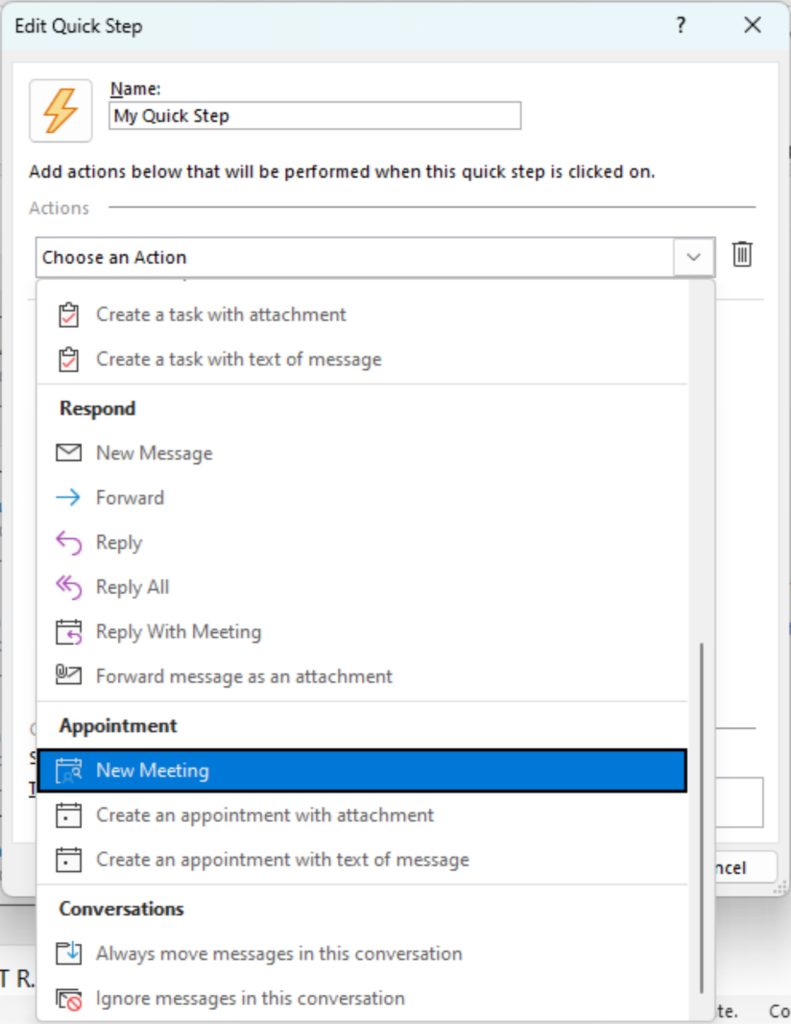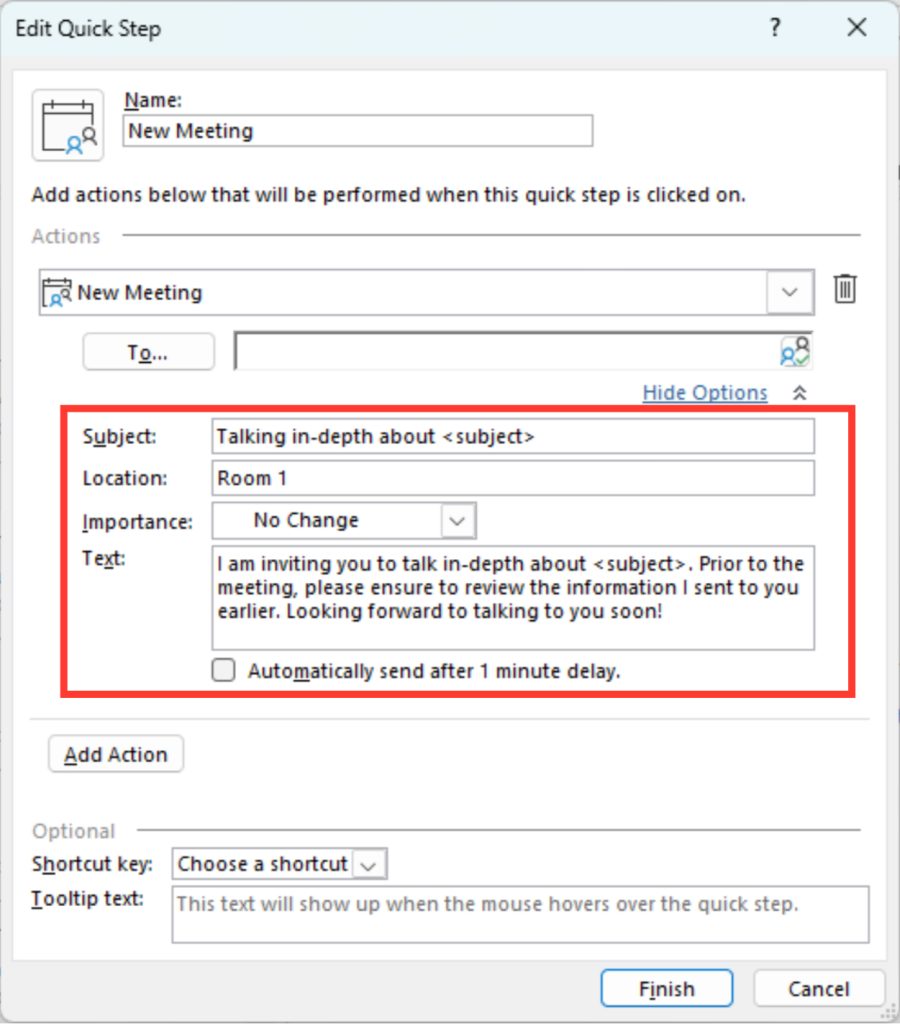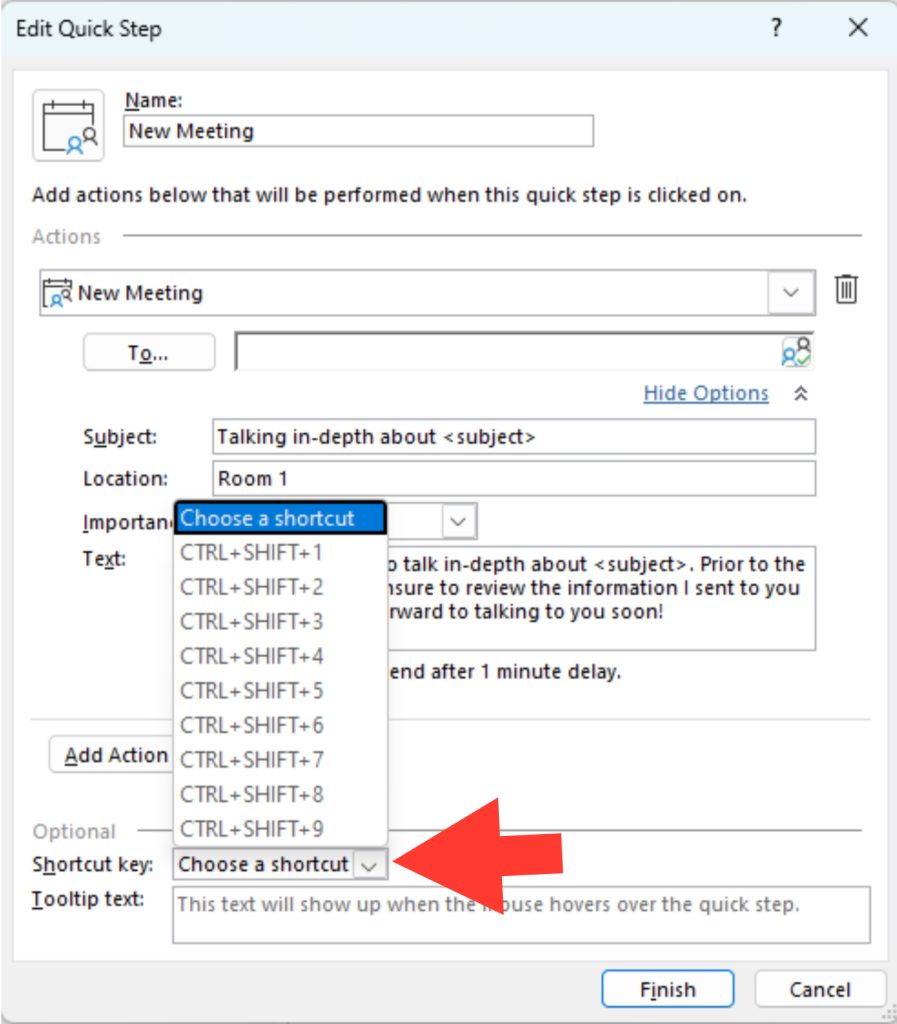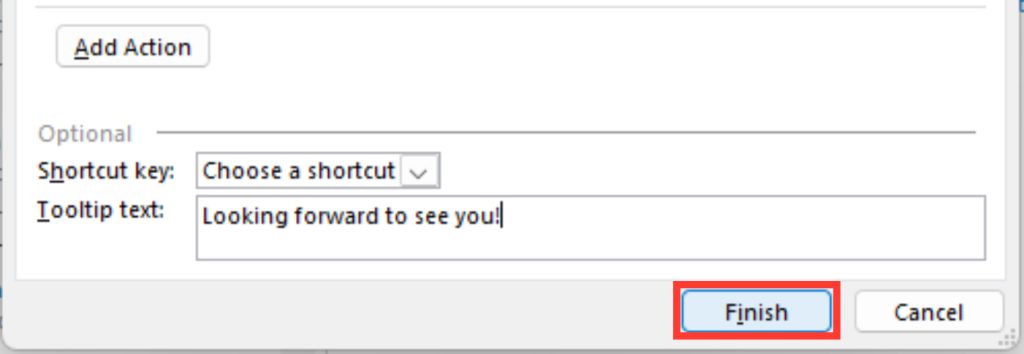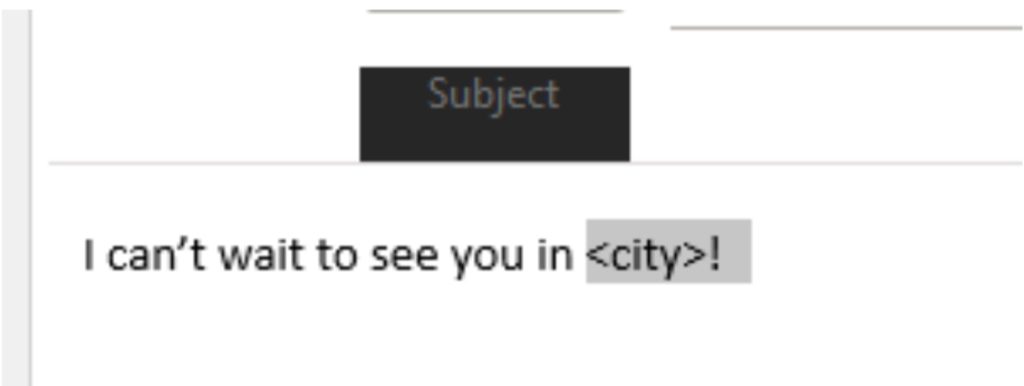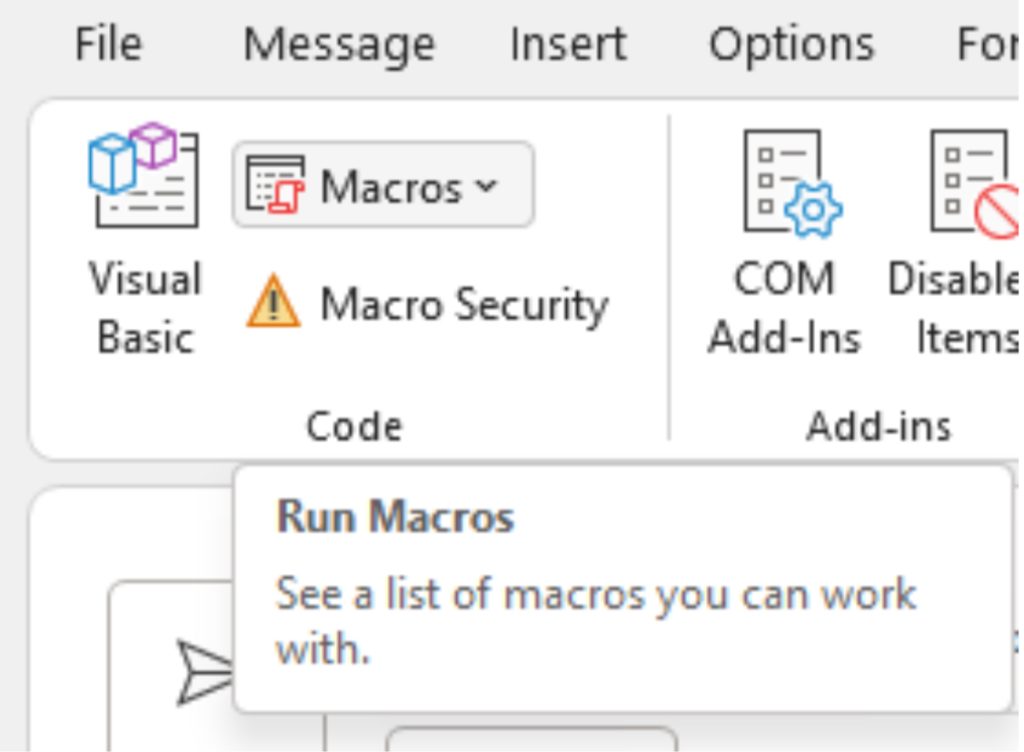Learn about Excel with our Free Microsoft Excel Online Course!
Key Takeaways
- To create meeting templates for Outlook, start by setting up a meeting as usual and complete all relevant fields such as the subject, attendees, and location, then insert your desired template text into the body.
- Save your meeting as a template by clicking on File > Save As, give the file a descriptive name, and ensure it is saved as an Outlook Template (*.oft) in the default Templates folder: C:\Users\UserName\AppData\Roaming\Microsoft\Templates.
- Reuse your meeting template for future appointments or meetings to save time; all predefined information will be automatically populated, only requiring minor adjustments if needed.
Embracing Outlook for Organizational Prowess
Embracing Microsoft Outlook as a tool within your organizational arsenal can be transformative. Far from being just an email client, Outlook’s rich features enable you to manage tasks, organize schedules, and much more. When you utilize its full potential, you are not only equipped to handle communication but also perfectly positioned to streamline your entire planning process.
Table of Contents
Crafting the Perfect Outlook Meeting Template
Step-by-Step Guide to Creating a Meeting Template
Creating your meeting template in Outlook is a straightforward process that can save you a plethora of time with future planning. Let’s walk you through how to set one up:
Open Outlook and select the Home tab.
STEP 1: In the Quick Steps box, click Create New.
STEP 2: Name your template for future reference in the Edit Quick Step dialog box.
STEP 3: Choose New Meeting from the Choose an Action drop-down under the Appointment section.
STEP 4: Click Show Options to fill in the Subject, Location, and Text fields with your preferred meeting details.
STEP 5: Assign a Shortcut key for fast access to your template in the future.
STEP 6: Add Tooltip text to remind yourself of the template’s purpose.
STEP 7: Click Finish to save your new meeting template.
Once you’ve created it, you can easily start a new meeting request with your pre-filled information just by using the designated shortcut key or selecting your template from the Quick Steps box.
Customization Tips for Meeting Templates
To make the most out of your Outlook meeting templates, consider these customization tips that can enhance their functionality:
- Personalize Content: Customize meeting details by including specific information that’s relevant to the recurring type of meeting. This could be your weekly team catch-up or the monthly project review.
- Tailor to Audience: Modify the language and the level of detail according to who you’re meeting with. Adjust terms and data for internal teams, clients, or higher management based on their knowledge and expectations.
- Include Pre-Meeting Tasks: Ensure that the meeting agenda includes tasks that participants should complete before the meeting, thus encouraging preparation and engagement.
- Set Default Settings: Choose default settings such as a regular time slot, required attendees, and whether the meeting will be recurring. This can help establish a routine and set clear expectations.
- Include Links and Attachments: If you regularly share certain documents, links, or presentations during meetings, include these in the template to streamline the sharing process.
Remember, these templates are meant to be starting points. The key to successful customization is to observe what works best over time and tweak your templates accordingly to maintain efficiency and relevance.
Advanced Features for Outlook Meeting Templates
Incorporating Text Boxes and Drop-Down Lists
Incorporating fillable text boxes and drop-down lists into your Outlook meeting templates can turn what is normally a rigid format into a flexible tool. Here’s how you can do it:
STEP 1: After creating your basic meeting template, position your cursor at the point where you want to insert a fillable field.
STEP 2: Use the Shared Email Templates add-in pane and select the folder where your meeting template is saved.
STEP 3: Click on the Insert Macro button.
STEP 4: Choose Input Field for text boxes where you can type in unique information for each meeting.
STEP 5: Select Drop-Down List to create a menu with predetermined choices you often include in your agenda.
These advanced features prompt you to personalize specific information each time you use the template, ensuring vital details are never overlooked.
Remember, before sending out the invite, it’s crucial to replace every placeholder and fill in all the necessary details to ensure clarity and avoid miscommunication.
Quick Step Meeting Templates for Enhanced Productivity
Benefits of Using Quick Step Templates
The benefits of using Quick Step templates in Outlook are clear and impactful. Firstly, they optimize efficiency by reducing the repetitive task of filling out the same meeting details each time. Quick Steps act as a shortcut to productivity.
Also, they promote consistency across your communications, ensuring all meeting invites follow a standardized format. This results in a professional look and feel for your correspondence which can build trust and reliability with your team members and clients.
Additionally, Quick Step templates save you effort and time, freeing up your schedule to focus on more pressing tasks. Rather than starting from scratch for every meeting, these templates serve as a foundation that you can rapidly personalize as needed.
By preventing errors, such as missing out on routine attendees or important meeting details, Quick Step templates help maintain accuracy in your meeting scheduling.
Finally, the potential for customizability means your templates can grow with your needs, adopting new purposes and information as required.
Examples and Tips for Effective Agenda Planning
Microsoft Meeting Agenda Templates: A Primer
Microsoft’s meeting agenda templates offer a valuable starting point for your preparation. These templates are available across multiple applications like Word, Excel, PowerPoint, and even Outlook, providing an accessible and consistent format for detailing the objectives and topics for your gatherings.
Best Practices for Structuring Your Meeting Agendas
When it comes to structuring your meeting agendas, following best practices can dramatically improve the outcome of your gatherings. Here’s what you should keep in mind:
- Start with Objectives: Clearly state the purpose of the meeting at the top of the agenda to give participants a clear understanding of the expected outcomes.
- List Topics Chronologically: Organize discussion points in the order they will be addressed. This helps participants prepare and follow along seamlessly.
- Allocate Time Slots: Assign specific time allowances to each topic to keep the meeting on track and ensure all important points are covered without rushing.
- Assign Roles: Specify who is responsible for leading each part of the discussion. This encourages preparation and accountability among team members.
- Include Breaks: For longer meetings, schedule breaks to keep attendees fresh and engaged.
- End with Action Items: Conclude the agenda with a summary of tasks assigned and the next steps to take post-meeting.
Applying these best practices to your meeting agendas ensures participants are well-prepared, engaged, and aligned on the meeting’s objectives, paving the way for more productive and focused discussions.
Troubleshooting Common Issues with Meeting Templates
Addressing Compatibility and Formatting Hurdles
When crafting meeting templates, you might encounter compatibility and formatting issues. To address these, consider the following solutions:
- Version Consistency: Ensure all participants are using a compatible version of Outlook or other Microsoft Office applications to avoid discrepancies in viewing or editing the templates.
- Template Testing: Before circulating a new template, test it within your organization across different devices and platforms to identify and address any formatting issues.
- Formatting Standards: Stick to commonly supported fonts, layouts, and styles when designing your template to minimize the risk of misalignment or other visual problems.
- Embedded Instructions: Include clear instructions within the template to guide users on how to fill out or amend specific sections without disrupting the overall structure.
- Feedback Loop: Encourage users to provide feedback on the usability of the templates. This input can be invaluable for iterative improvements.
By proactively managing these hurdles, you’ll ensure your meeting templates remain a reliable tool for everyone involved, enhancing overall meeting management efficiency.
Support Resources and Additional Assistance
If you find yourself facing challenges with Outlook meeting templates, remember that a range of support resources and assistance is available to help you:
- Microsoft Support: For technical issues, Microsoft’s Support website is a rich resource for troubleshooting tips and user guides.
- Help Forums: Utilize forums such as the Microsoft Community or the Microsoft Tech Community to ask questions and receive advice from other knowledgeable users.
- Online Training Videos: Tap into the wealth of knowledge available through LinkedIn Learning and other platforms offering tutorials on how to use Outlook effectively.
- Internal IT Departments: Reach out to your organization’s IT support team who can provide personalized assistance and potentially customize solutions for your specific needs.
- Professional IT Services: If you need more specialized support, consider hiring a professional IT service or consultant who can address complex template customization or integration issues.
Remember to take advantage of these resources to overcome any challenges successfully and to ensure you’re using Outlook’s meeting templates to their fullest potential.
Frequently Asked Questions
How Do I Save a Meeting Template in Outlook?
To save a meeting template in Outlook, start by setting up a new meeting with the desired details. Then click on File > Save As. Choose a descriptive name, and under Save as type, select Outlook Template (*oft). Ensure you save it in the default Templates folder and click Save. Your Outlook meeting invite template is now ready for future use.
Can I Share My Outlook Meeting Templates with Team Members?
Yes, you can share your Outlook meeting templates with team members. Simply locate the template file on your computer, which usually has an .oft extension, and send it via email, a shared drive, or through file-sharing services. Colleagues can then save the template to their own templates folder for use in Outlook.
What Are Some Essentials to Include in Every Meeting Agenda Template?
Every meeting agenda template should include several key elements to ensure its effectiveness:
- Meeting Purpose: Clearly define the primary objectives.
- Attendee List: Note who will be participating.
- Date and Time: Specify when the meeting will take place.
- Location: Indicate the physical or virtual location.
- Agenda Items: List topics to discuss in a logical sequence.
- Duration: Allocate time for each agenda item.
- Preparation Instructions: Detail any prep work required.
- Contact Info: Provide contact details for the organizer for any pre-meeting queries.
By including these essentials, your meeting agenda will serve as a comprehensive guide to stay focused and on track.
John Michaloudis is a former accountant and finance analyst at General Electric, a Microsoft MVP since 2020, an Amazon #1 bestselling author of 4 Microsoft Excel books and teacher of Microsoft Excel & Office over at his flagship MyExcelOnline Academy Online Course.

